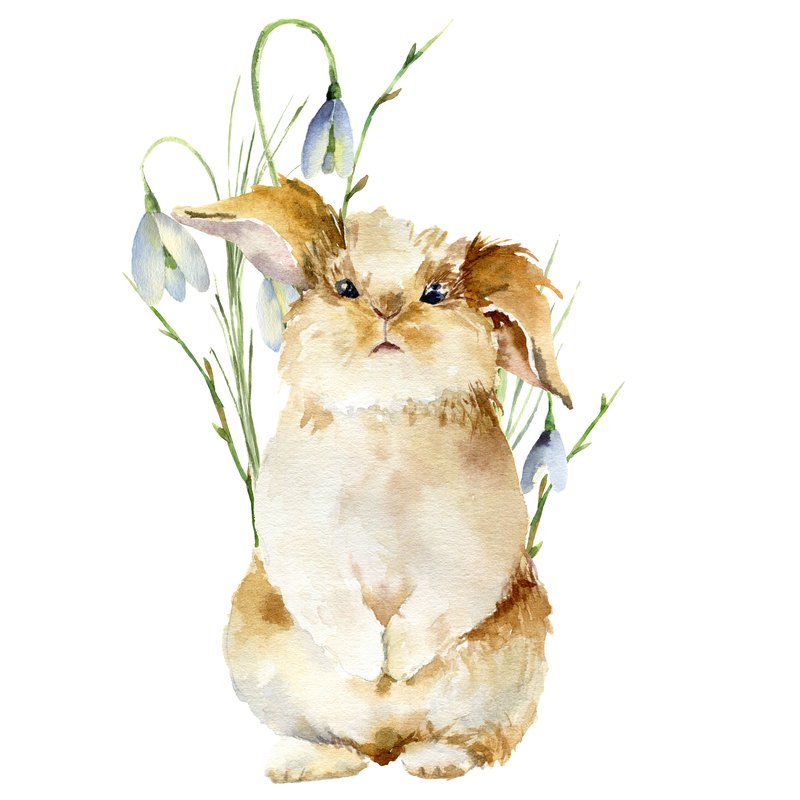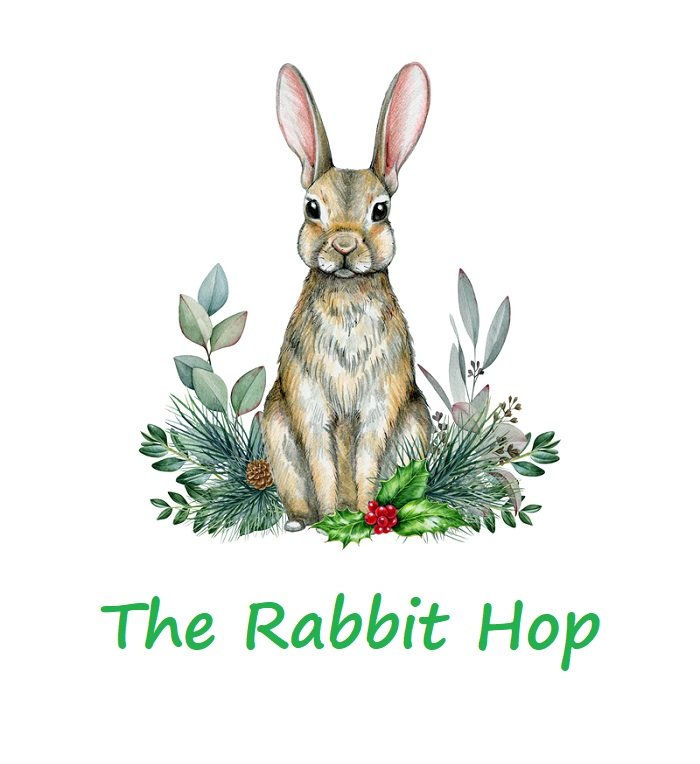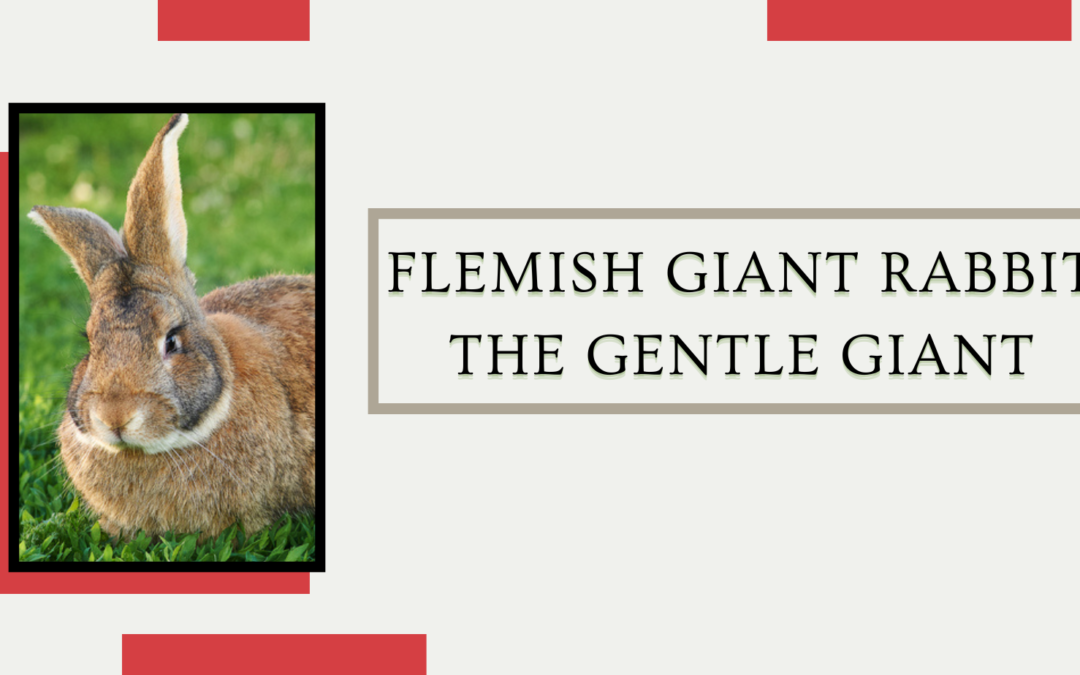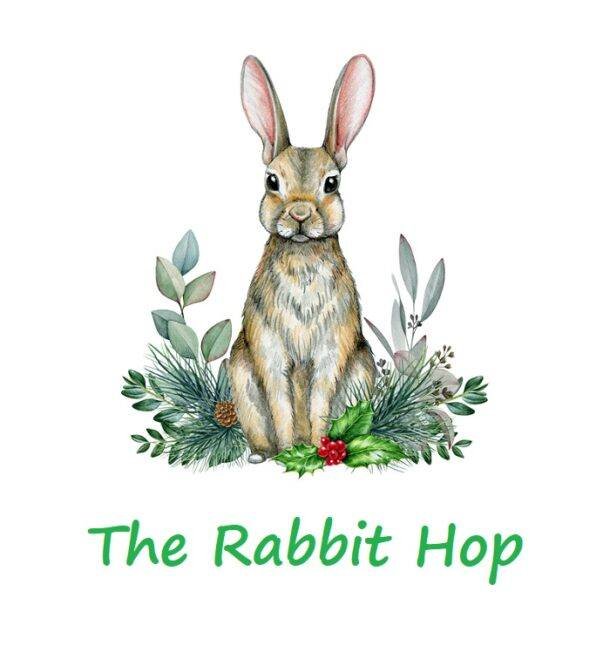A Flemish Giant rabbit is an excellent companion because of its affectionate personality. But like other giant rabbits, it needs ample space and attention. This clever bunny also longs for the time of its owner. It also loves to spend its time playing and hopping around. If you plan to get this rabbit, keep reading and learn its features and needs.
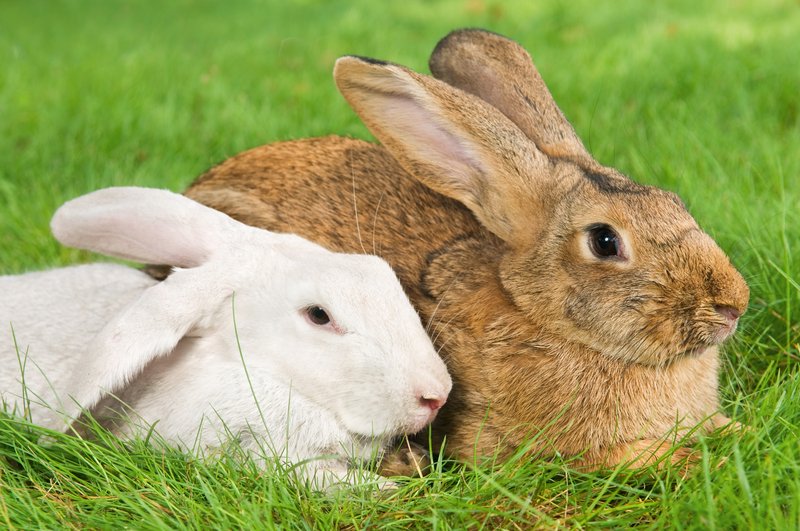
Facts about Flemish Giant Rabbit
| Body Size | Giant |
| Body Weight | 9 lbs to 22 lbs |
| Body Shape | Semi-arched |
| Lifespan | 5 to 8 years |
| Colors | Blue, black, white, steel gray, fawn, light gray, sandy |
| Rarity | Common |
| Similar Breeds | Belgian Hare, Patagonian Rabbit, and Stone Rabbit |
| Best Suited for | Adults, families with older children, and experienced owners with large spaces |
| Origin | Belgium |
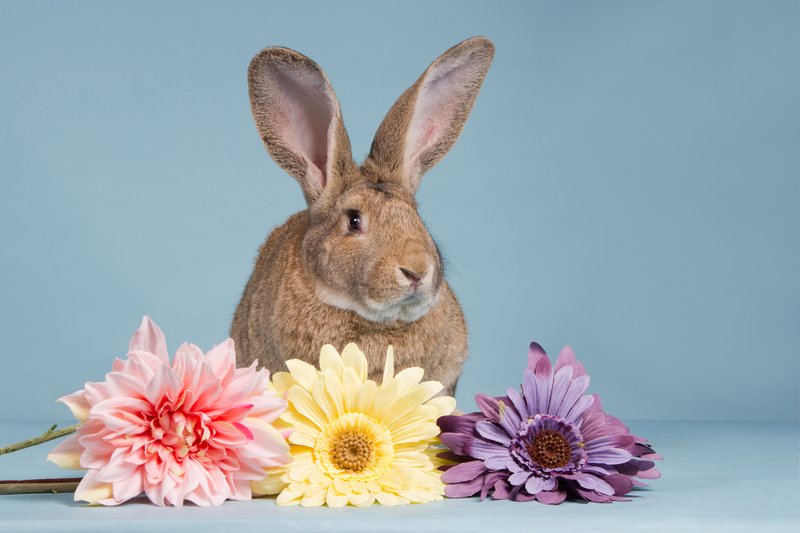
History and Background
An old domesticated breed, the Flemish Giant rabbit originated in Flanders. It appeared in Belgium as early as the sixteenth century. This giant bunny was created for its fur and meat. Many believed that it came from the Stone rabbit and Patagonian rabbit. However, the modern Flemish Giants we have today were developed in the United Kingdom.
The first standards of the Flemish Giants were created in 1893. To develop bigger meat rabbits, the United States began importing the breeds in the 1890s. At first, the Flemish Giants were not famous bunnies. It was in 1910 that they gained popularity after appearing on livestock shows. In the same year, ARBA recognized the breed.
Through the National Federation of Flemish Giant Rabbit Breeders, the bunnies were promoted. Because of their docile personality, they were called “Gentle Giants”. They are also known as the “Universal Rabbits” due to their usefulness. In 2010, the Guinness World Records gave the title “the longest rabbit” to a 51-inch Flemish Giant.
Today, Flemish Giants are among the popular breeds in Europe and North America. Most breeders love them as pets because they are extremely clean. Aside from that, these gentle giants can be trained to use their litter boxes.
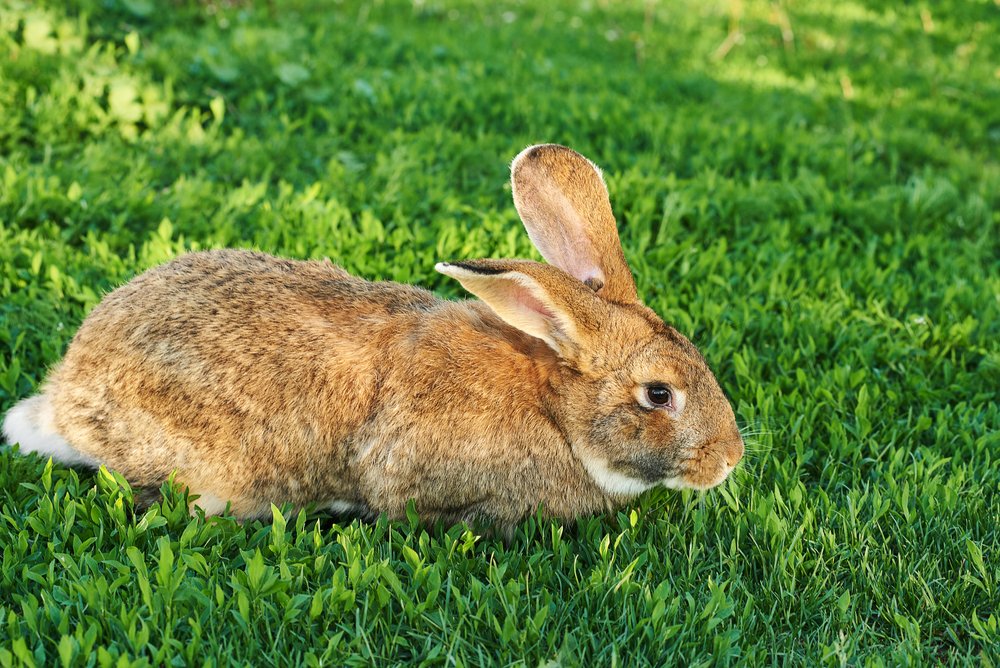
Features of Flemish Giant Rabbit
Flemish Giants are one of the largest breeds in the rabbit world. A Flemish Giant rabbit has an average weight of 15 lbs but can reach 22 lbs. Its long, upright ears can reach up to six inches, while its body can measure up to 4 feet and 3 inches long. This breed has a semi-arched body, bending from the shoulders to its tail.
Bucks have larger and broader heads compared to does. However, it takes 1.5 years before they reach full maturity, whereas does only have to wait for one year. In addition, does have full dewlaps, a fold skins under their necks. For the show standard, the minimum weight of bucks is 13 lbs, while 14 lbs for does. Female Flemish Giants are heavier than males.
With their short, glossy, and rollback furs, Flemish Giants don’t require too much grooming. ARBA recognized seven varieties of this breed. These are white, blue, black, fawn, white, sandy, steel gray, and light gray. Unfortunately, the association doesn’t accept broken colors.
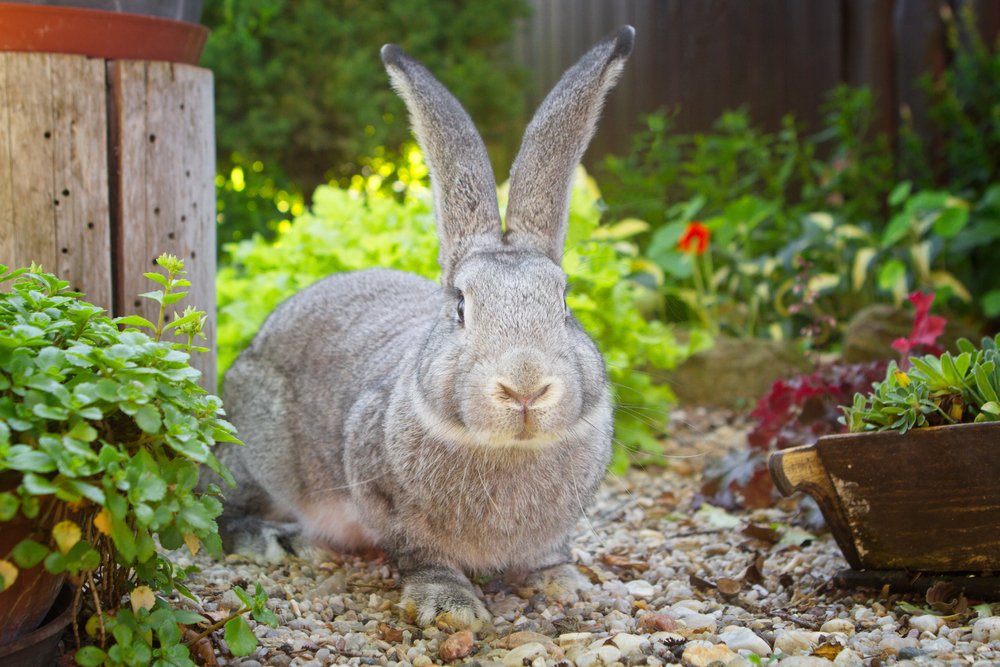
Temperament and Behavior
A Flemish Giant rabbit is a great companion because of its docile and sweet personality. It quickly gets along with adults and children. As a social creature, this giant craves attention and affection. If you plan to get a Flemish Giant, ensure you have time to take care of it. It is a furry friend that loves to be petted and gets frustrated when ignored.
Aside from being good-natured, this breed is also known for its intelligence. Its inquisitiveness resembles that of a gentle dog. With your effort, you can train it to use its litter box. It can also recognize its name and greet its owner in various ways. A Flemish Giant rabbit stands up with its hind legs, expressing excitement to see its owner. Stretching its body indicates that it wants petting from its owner.
This bunny also has a way of expressing its frustration. It will ignore you by turning its back on you, making you feel unnoticed. When it is irritated, it may thump its feet. You must also provide it with many toys since they love to play. Some owners claimed that their Flemish Giants bring toys to their owners to play “fetch”.
As a warning, a Flemish Giant never wants to be picked up. It gets nervous once someone picks it up. When this happens, the bunny may kick its owner or stranger. If you have to pick it up, ensure to do it correctly. It also gets fearful of loud noises and requires a peaceful environment. Thus, it is not an ideal pet for small children.
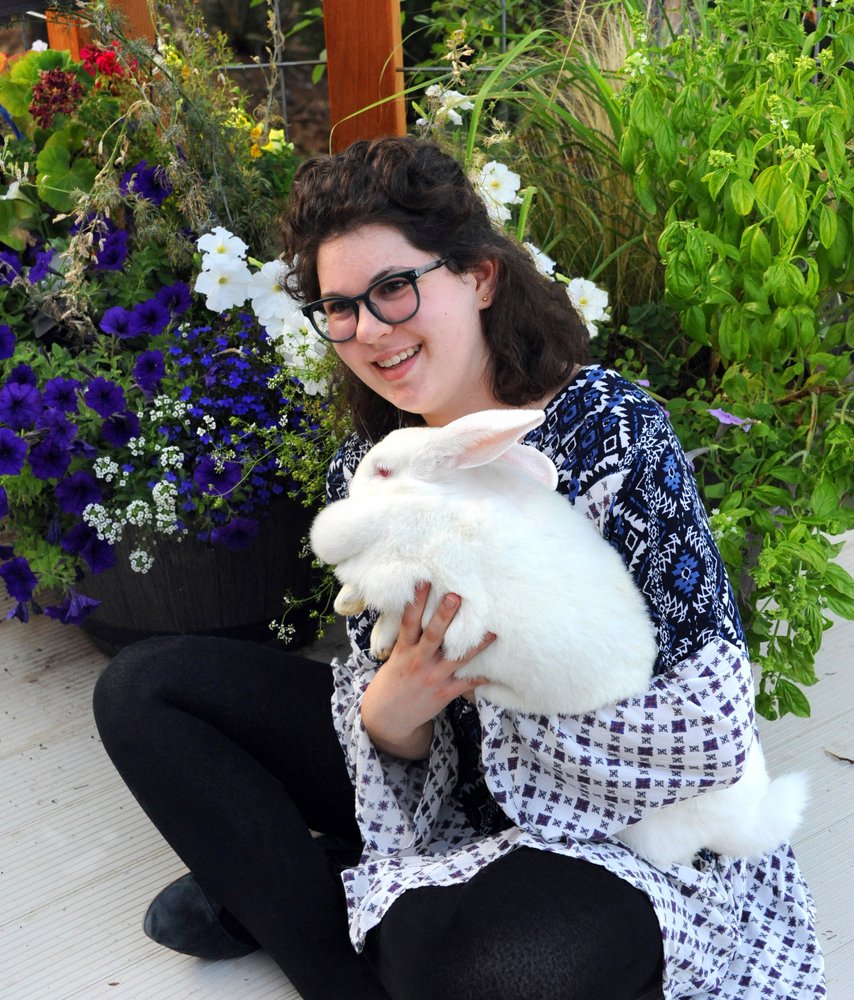
Grooming Flemish Giant Rabbit
Due to the short and dense fur of the Flemish Giant rabbit, it is one of the most effortless bunnies to groom. You can use a small wired pet comb. When brushing your bunny, start at the base of the shoulders, going to its hindquarters. As a reminder, exert light pressure to prevent injuring your pet since it has sensitive skin. Proceed on brushing the sides after grooming its back.
Although it’s tempting, never bathe your bunny. Extreme temperatures, including cold water, can kill your pet. Aside from that, its coat doesn’t quickly dry up. Since flies and parasites like damp areas, they may infest your bunny. It may result in a flystrike. You can use a wet towel to clean the dirty spots on your pet’s coat.
For show rabbits, keeping the coat glossy and clean is vital. You can use a special fur conditioner for your rabbit’s coat. But ensure that it is safe for your pet. In applying the conditioner, you must first remove the loose furs by brushing them. Next, spray a small amount of the conditioner, then rub it on your hands. Rub your hands on your pet’s coat, but don’t let it soak wet. Dry its coat using a towel. To remove the stains on the bunny’s fur, apply hydrogen peroxide and dry it.
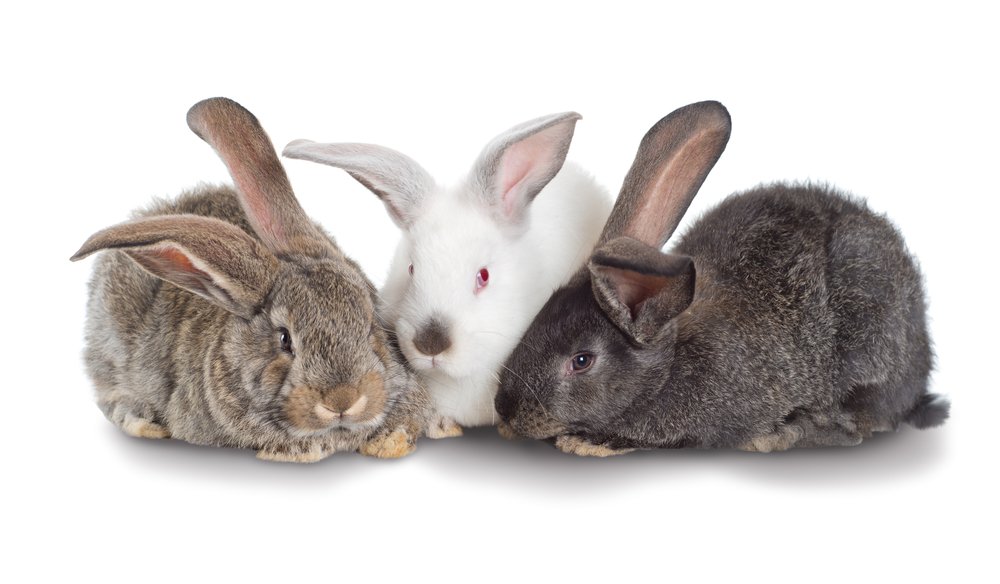
Proper Diet of Flemish Giant Rabbit
Because of its huge body, a Flemish Giant requires larger quantities of food. Young bunnies require 15% of the protein in their diet. You must also give more servings to your bunny if it is pregnant or in winter. Limit calories, protein, calcium, and salt in their diet since it may lead to kidney stones. Giving too much food may also result in obesity.
But like other rabbit breeds, it requires an unlimited supply of hay. One of the best choices is timothy hay since it is low in calories and high in fiber. However, there are other types of hay that you can consider. You can also add high-quality pellets to your pet’s diet. But it is optional since excessive pellets to rabbits may result in some health issues.
Leafy greens are also beneficial to your rabbit. For a Flemish Giant, you can give it 2 cups of chopped leafy greens for every 6 lbs of body weight. Ensure that you wash the veggies first before giving them to your bunny. There are also vegetables that you should not feed rabbits, so be careful when giving them new foods.
Rabbits can also have sugar but in minimal amounts only. Too much sugar may upset their stomachs, or they may become obese. You can give one to three slices of fruit to a Flemish Giant once a day, twice a week. Never feed avocados and seeded fruits to your bunny since they may harm its health.
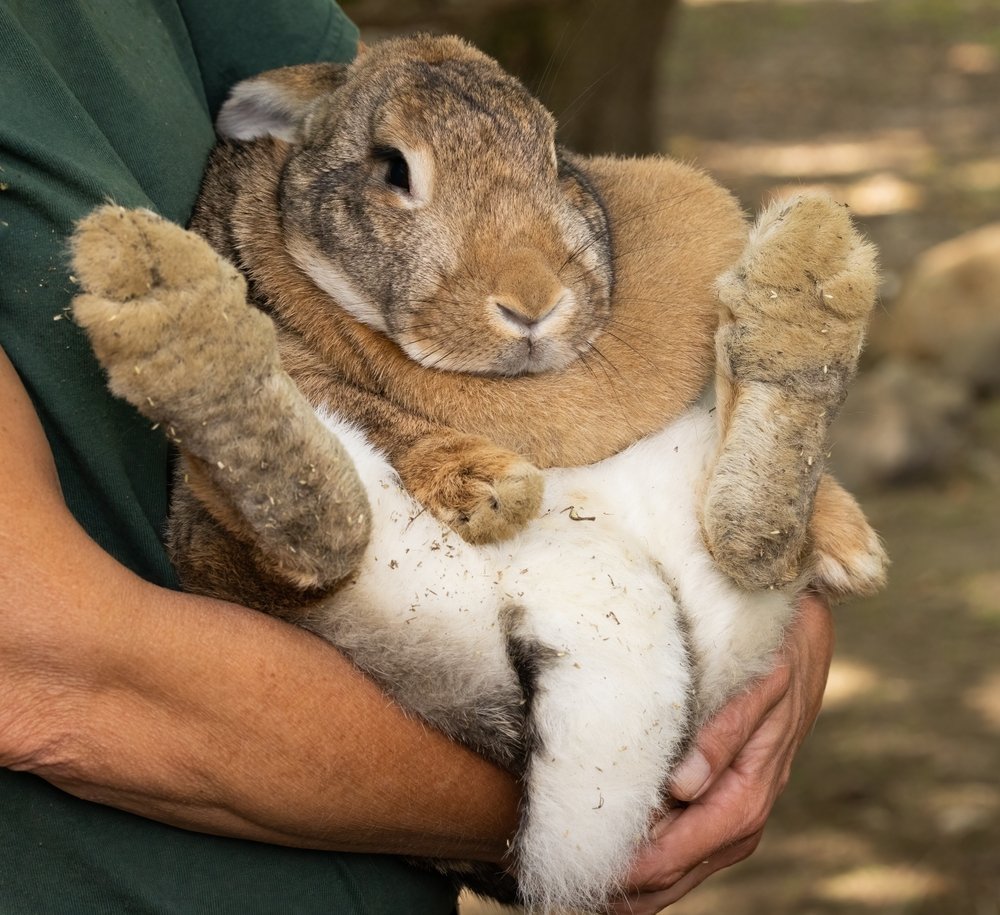
Habitat
Many breeders want to own a Flemish Giant rabbit. Unfortunately, not everyone can provide it with the ample space it needs. This bunny needs a lot of room to stretch and hop around. Your bunny can live with you inside your home, or you can provide it with a cage outdoors. Whatever your decision is, ensure that it is the best option for your bunny.
If you want your bunny to live indoors, you can provide it with a dog kennel. It must be large enough for your pet. The kennel must be heavy metal since Flemish Giant can chew low-quality material. It must also have a locking door and a slide-out pan for the litter droppings of the rabbits.
Another option is letting your rabbit live in a storage room, enclosure porch, or spare room. However, it must be a space intended for your bunny’s habitat. You must also make it rabbit-proof to prevent any accidents or damages. Since a Flemish Giant is naturally curious, you must put a baby gate on the doorways. It must be tall enough since this giant can hop above three feet.
The outdoor hutch must be at least 2.5 to 4 feet high from floor to ceiling. Its ideal length is 3.5 to 4 feet. The width must be close to or similar to the length. The roof must be at a downward slope to prevent the bunny from getting wet during heavy rain. It must also have an overhang on all sides to prevent the rain from dripping on the edges of the hutch.

Health Issues of Flemish Giant Rabbit
Heatstroke
Giant rabbit breeds like Flemish Giants are prone to heatstroke. Since they don’t sweat and pant, bunnies have limited ways of expelling heat inside their bodies. Once the bunny fails to regulate its body temperature, heatstroke occurs. It is a fatal condition, so you must perform first aid and bring your bunny to the vet. Below are some of the symptoms of heatstroke:
- Drooling
- Difficulty in breathing
- Reddening ears
- Wetting around the nose
- Unconsciousness
- Weakness
One of the basic first aids you can perform is moving the enclosure to a shady place. You can also place a wet cloth inside the enclosure, regulating the bunny’s body. If your bunny is still conscious, make it drink a small amount of water. You can also apply cold water to its ears. These techniques will help your bunny’s body to cool down.
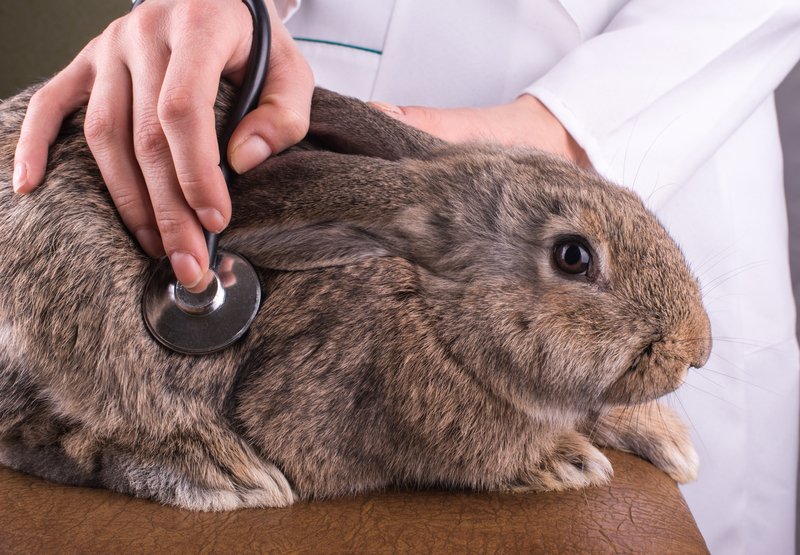
Osteoarthritis
Osteoarthritis is a condition common to giant bunnies such as Flemish Giants. This condition affects the bunnies’ motility due to inflammation, pain, and stiffness. Other causes of osteoarthritis are overweight, joint problems, and injuries. Symptoms of this condition are the following:
- Slowing down
- Sleep frequently
- Dirty back end
- Develop tangles and mats due to failure to self-groom
- Limping or lying down
- Reduced appetite
You must consult a vet immediately if any of the symptoms are present. He will conduct pain relieving medication. You can also help your pet to recover by changing its diet and providing a bigger hutch. A non-slip covering on the cage’s flooring will help your bunny move quickly.
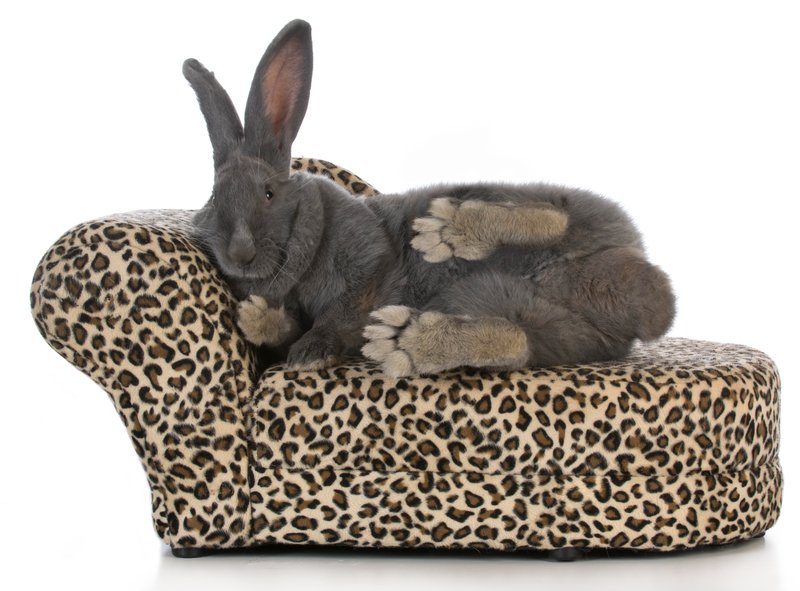
Frequently Asked Questions
What is the average cost of a Flemish Giant rabbit?
The cost of a Flemish Giant rabbit may depend on its age and quality. However, a quality-pet ranges from $20 to $50. You may spend between $70 to $300 for show-quality bunnies. If you want a Flemish Giant, purchase it from reputable breeders.
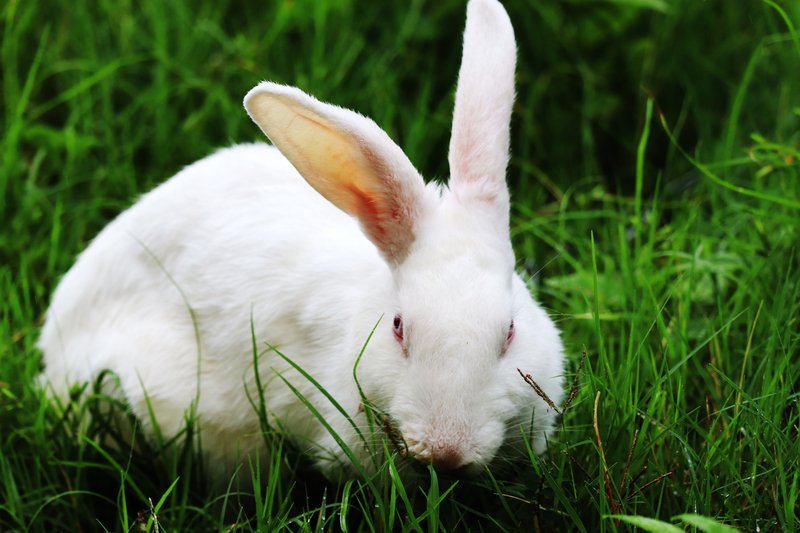
Does a Flemish Giant rabbit bite?
Although a Flemish Giant is a docile pet, it may bite when frightened. Mishandling it or stroking it too much can make your bunny bite you. As much as possible, give it the space and privacy it needs. Loud noises may also cause Flemish Giant to panic and bite.
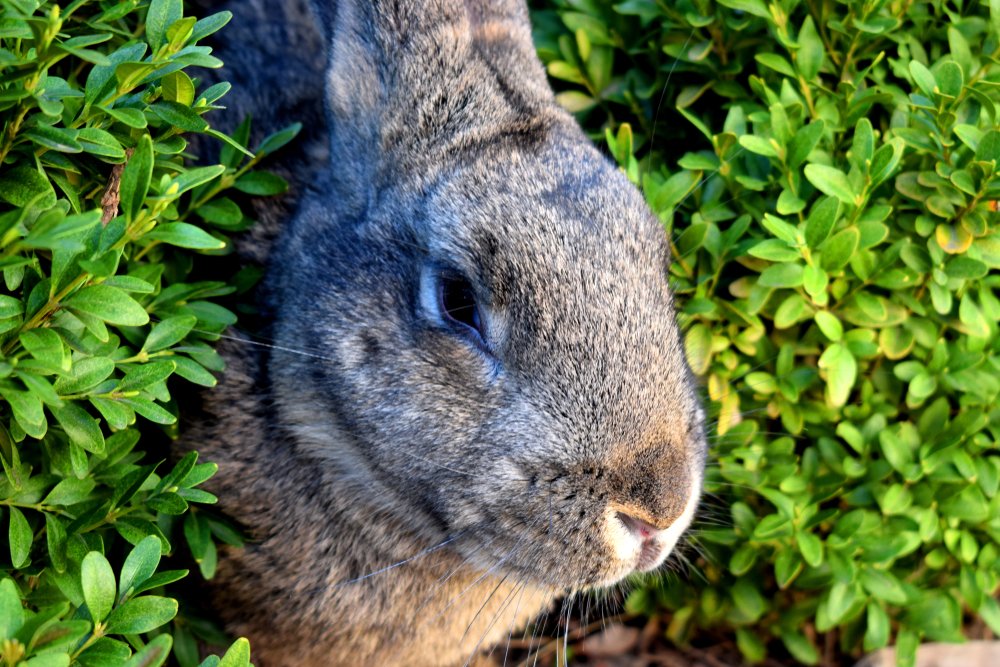
Are Flemish Giants recommended for inexperienced rabbit owners?
Unfortunately, Flemish Giants are not recommended for inexperienced rabbit owners. Since they are huge, they require larger quantities of food and larger spaces. Inexperienced rabbit owners can have smaller breeds as first-time pets.
Conclusion
It takes a lot of commitment to own a Flemish Giant rabbit. Its huge body needs a lot of food and space. Aside from that, it thrives when given enough attention by its owner. Flemish Giants are gentle creatures, but they may show aggression if neglected. But caring for them will provide you with a loving and loyal companion.
Read More
